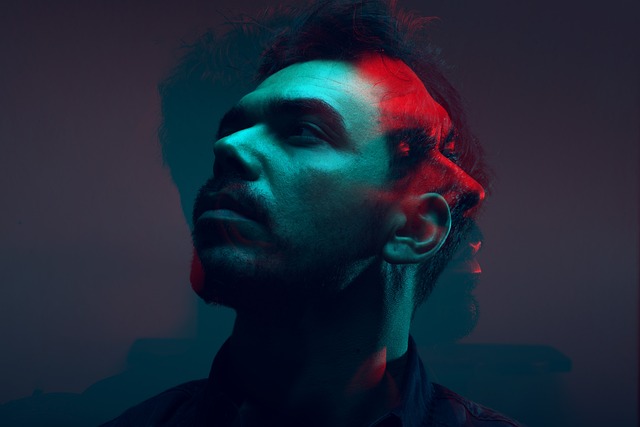Understanding Exposure Compensation in Photography
As a photographer, you might find yourself in situations where the light changes dramatically, making it challenging to capture the desired photograph. This is where exposure compensation comes into play—a powerful tool that can help you achieve the perfect balance in your images.
What Is Exposure Compensation?
Exposure compensation allows photographers to adjust the exposure level of their images manually. Most cameras are equipped with an automatic exposure mode, which works well in many scenarios. However, there are times when your camera’s metering might not interpret the scene the way you want it to. That’s when being mindful of exposure compensation becomes crucial.
Why Is Exposure Compensation Important?
Understanding exposure compensation is essential because it allows you to express your creative vision more accurately. Whether you’re shooting a sun-drenched landscape or a dimly lit room, minor adjustments to exposure can have a significant impact. For example, if you’re photographing a snow-covered scene, your camera might underexpose the image, making it look dull and gray. Conversely, in low-light situations, too much exposure can wash out the details.
How Does It Work?
Exposure compensation is typically measured in stops, allowing you to increase or decrease the exposure in 1/3 or 1/2 stop increments. A positive value (e.g., +1) brightens your image, while a negative one (e.g., -1) darkens it. You can find this feature on most digital cameras, usually represented by a scale with a “+” and “-” sign.
Practical Tips on Using Exposure Compensation
1. Practice Regularly: The best way to become familiar with using exposure compensation is to practice. Experiment in different lighting conditions and see how adjusting exposure affects the final image.
2. Understand Your Camera: Each camera model might handle exposure differently. Invest time in learning about your specific camera’s metering system and how it interprets various scenes.
3. Trust Your Eyes: Sometimes your camera’s judgment may differ from your own creative vision. If you feel that a shot needs more light or less, don’t hesitate to make adjustments according to what your eyes tell you.
4. Use Histograms: Familiarize yourself with your camera’s histogram feature. It’s a valuable tool that reveals whether your image is underexposed or overexposed, helping you make informed adjustments to exposure compensation.
Common Misconceptions about Exposure Compensation
Many new photographers believe that exposure compensation is necessary only in challenging lighting scenarios. While it’s true that drastic lighting conditions demand careful attention, many everyday situations can also benefit from subtle exposure adjustments. Don’t shy away from using it, even when shooting landscapes during golden hour or capturing portraits in evenly lit environments.
Final Thoughts on Mastering Exposure Compensation
Mastering exposure compensation can transform the way you capture images. It empowers you to create photographs that resonate with your artistic intent, allowing you to brave the challenges that various lighting conditions can present. By understanding how to manipulate exposure, you develop a deeper connection with your craft and set the stage for stunning, captivating imagery.



